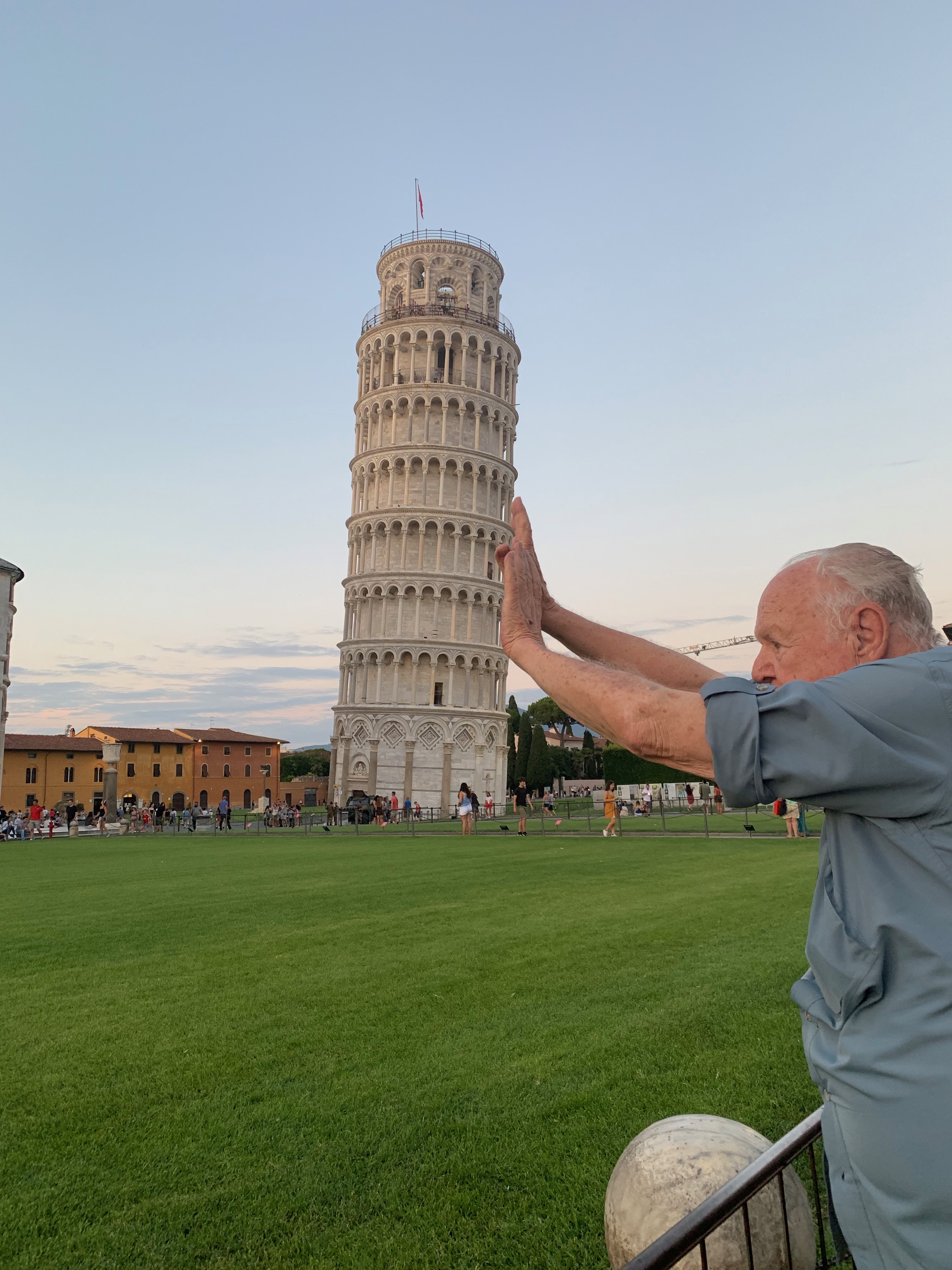
A vast spider’s web of matter is thought to stretch across the whole universe and astronomers have just got the best view of it yet.
Hideki Umehata at the RIKEN institute in Japan and his colleagues used the Very Large Telescope (VLT) in Chile to observe a young cluster of galaxies 12 billion light years from Earth, called SSA22. Peering into the cluster, they spotted wispy filaments of hydrogen gas spanning the space between the galaxies. These seem to be filaments of the long-theorised cosmic web.
Cosmologists assume that as the universe grew, gravity pulled its matter into strands. This would have created a patchwork of voids and stringy areas filled with matter. While we have seen glimpses of this web before, we have never seen it on such a large scale between multiple galaxies.
It is thought that this web arose several hundred million years after the big bang along with the first galaxies, with gravity helping to form rivers of hydrogen flowing between them. At the point where two filaments cross, star and galaxy formation would occur, creating the universe as we see it today. (The video below shows a simulation of what this might look like.)
The filaments seen by Umehata and his team stretch for 3 million light years, but are just a small portion of the cosmic web. Until now the filaments have remained elusive, but Umehata says they were able to glimpse them using a relatively new instrument called the Multi Unit Spectroscopic Explorer (MUSE) on the VLT.
“This is really just the tip of the iceberg for the cosmic web,” says Erika Hamden at the University of Arizona. “It’s a confirmation that it should all be there. It’s pretty wild. You look at space and you think it’s empty, but it’s not actually. There’s this gigantic, wonderful structure.”
Journal reference: Science, DOI: 10.1126/science.aaw5949
Read more: https://www.newscientist.com/article/2218765-weve-had-our-best-glimpse-of-a-web-of-matter-that-spans-the-universe/#ixzz61OOGJ9Xd
